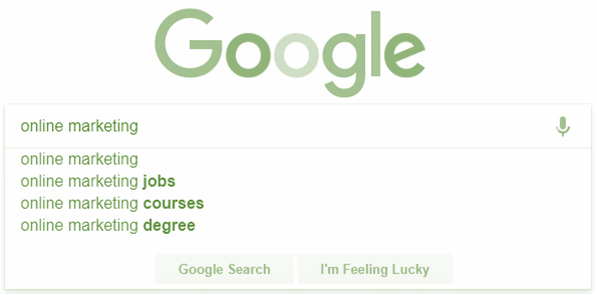The tricky part in SEO comes when you run nose to nose with practice and don't know where to start. Or, you can know a lot of theories about the correct use of keywords for SEO, but until you get your hands on optimizing websites and materials yourself, you are not sure that SEO works.
Precisely for this reason, we decided to show you how we work on the use of keywords in our everyday practice.
Here are the tools you can use to do a quality keyword analysis:
- Google Keyword Planner (from Google Ads) - an advertising service from Google for companies that want to display ads on the Google search engine and advertising network. The Google Ads program allows businesses to set a budget for advertising and pay only when users click on ads.

- https://keywordsheeter.com/ -This free tool can generate hundreds of ideas with one click, it also allows you to set negative and positive keywords.
- https://trends.google.com/home - in Google Trends you can research the search volume and popularity of different keywords over time. Sign in to your Google account to get more complex data, including specific numbers instead of simple trend lines.
- Google Suggest - are similar keyword suggestions for what you type as a query in the search box.

Here's where the selected keywords are used next:
- In meta tags (titles and meta descriptions)
- In URLs
- In the menu structure
- In Open Graph, Twitter Cards
- In the names of the images used on the site
- In image description and ALT texts
- In the titles of the texts, in headings
- In the texts on the site.
Google offers a series of results of the type "other people have searched before" based exactly on the intentions of the users. Users dissatisfied with the result (which does not coincide with their intention) quickly leave the site and then go to competitors, directly hitting the positions of your site.
By optimizing separate pages on your site for each direction, you'll greatly increase your conversion rate and the likelihood that users will be satisfied with the answers to their questions. Here's what types of searches there are and how to optimize your site for user intent:
- Searches based on informational questions - pages with descriptions of products, materials and production techniques, service descriptions, guides and instructions for use, etc. are useful. The purpose of such pages is to educate the public. Visitors are in the first phase, when they are just getting to know a domain, and learning some new notions, at this stage detailed and useful information as well as maximum transparency convince users that the site is reliable.
- Searches based on browsing questions – people compare existing options with each other and analyze the pros and cons of a potential deal. Although there may be mentions of some products, users are still looking into the possibilities.
- Searches based on transactional questions – refer to price, store contacts, delivery, payment methods, etc. The user is ready to buy a product or certain services, and the pages he will visit must help him to complete the transaction.
Here are examples of advertorials designed according to the correct SEO Copywriting technique (including respecting the use of keywords):
- https://www.homify.co.uk/ideabooks/7542777/why-is-there-mould-in-some-houses-and-how-to-get-rid-of-it
- http://www.localmover.us/moving-companies/how-to-choose-the-right-movers-in-alexandria-va.html
- http://www.bestapks.org/is-it-worth-it-to-change-your-iphones-lcd-display-touch-screen
- https://www.bellihome.com/pet-owner-how-to-keep-your-house-clean-of-animal-fur/1657
- https://reinodosgifs.net/dont-know-what-to-buy-to-stay-stylish-find-out-the-latest-fashion-recommendations/
